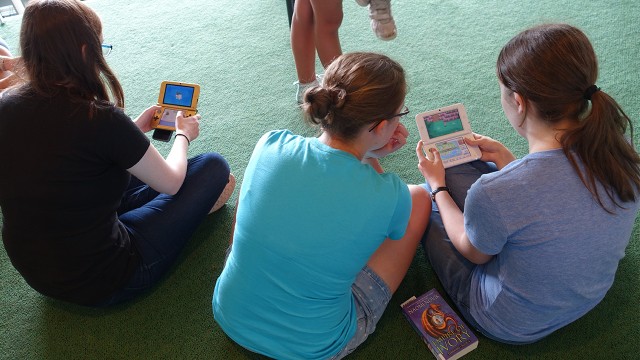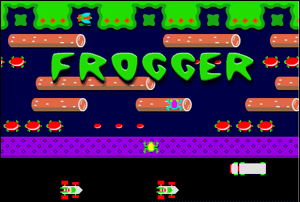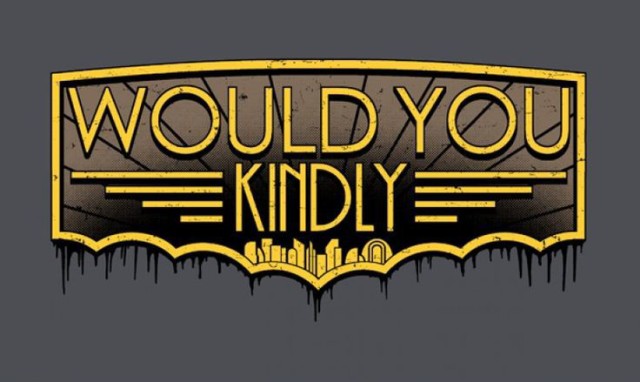I’m not going to beat around the bush: I’m pretty disillusioned and frustrated with the portrayal of the Thanksgiving holiday, something that I believe many of my co-bloggers would also attest to. It’s not that I hate the message of the holiday; encouraging loved ones to spend time together and being thankful for what you have are genuinely good messages. The food isn’t bad either (although as a vegetarian I am not particularly a fan of the killing of many turkeys, but I digress). But too often attached to the season are incorrect and demeaning portrayals of Native Americans, lessons on an incorrect and idealistic image of relations between the pilgrims and native tribes, and the mythical tokenization of their identities. Considering that it’s important to recognize today the real history of colonization experienced by Native Americans both in the past and present, I’ll briefly examine the generally problematic portrayals of indigenous characters in video games, some examples that are breaking the mold, and how an indigenous game studio seeks to dictate their own representation. I will give a disclaimer that I am not native/indigenous and my voice is simply not as important on this issue as the voices of those who are. If you’re looking for more resources, I recommend going here.
There are a number of stereotypes indigenous/Native American characters in video games embody: the mystic, the warrior, the “loose” woman, the violent barbarian. Unfortunately few native characters in games break free from these harmful and demeaning tropes and continue to perpetuate a Eurocentric view of natives that are full of stereotypes. One of the first instances I personally ran into as a gamer were Mumbo Jumbo and Huma Wumba of the Banjo-Kazooie series, two perfect examples of the mystic native trope. There’s very little about them that isn’t offensive and stereotypical: their names, feather-laden designs, speech/vocal patterns, their “witch doctor” like magical abilities, hiding these derogatory tropes behind a cartoonish depiction. Humba Wumba even has a design transformation where she becomes more sexualized, 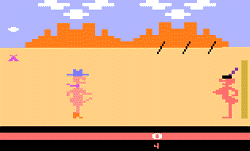 contributing to the disturbing statistic that one in three native women will get raped and that they have some of the highest rates of sexual assault in the country. Nightwolf from Mortal Kombat and Thunder Hawk from Street Fighter, both sporting feathers and “war paint,” are fierce warriors who do little else. One of the worst offenders was Custer’s Revenge, an Atari game whose content is actually even more problematic than the title alludes. During the game you play Custer, a character clearly based on George Armstrong Custer the a United States Army cavalry commander who slaughtered thousands of Native Americans and died in the Battle of Little Bighorn, seeking “revenge” for the American Indian Wars by raping a native woman. It’s really not hard to see why this is ridiculously problematic and racist, so I wont delve too much into it. Ultimately these depictions are offensive and the characters that reflect them both in gaming and other such outlets contribute to the pervasive presence they have in society; they become cemented as “truths” and manifest in actions taken towards Native Americans or indigenous peoples and attitudes regarding them.
contributing to the disturbing statistic that one in three native women will get raped and that they have some of the highest rates of sexual assault in the country. Nightwolf from Mortal Kombat and Thunder Hawk from Street Fighter, both sporting feathers and “war paint,” are fierce warriors who do little else. One of the worst offenders was Custer’s Revenge, an Atari game whose content is actually even more problematic than the title alludes. During the game you play Custer, a character clearly based on George Armstrong Custer the a United States Army cavalry commander who slaughtered thousands of Native Americans and died in the Battle of Little Bighorn, seeking “revenge” for the American Indian Wars by raping a native woman. It’s really not hard to see why this is ridiculously problematic and racist, so I wont delve too much into it. Ultimately these depictions are offensive and the characters that reflect them both in gaming and other such outlets contribute to the pervasive presence they have in society; they become cemented as “truths” and manifest in actions taken towards Native Americans or indigenous peoples and attitudes regarding them.
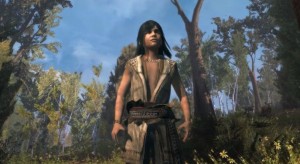 A way to properly portray native characters involves actually consulting indigenous people and doing proper research rather than relying on generic stereotypes. During Assassin’s Creed III‘s development, creators consulted members of the Mohawk tribe and the other tribes depicted in the game in the creation of Ratonhnhaké:ton (Connor) and his surrounding environment. They accurately depicted cultural elements like language and clothing, including having characters converse in their proper languages. But more than just these details, the creators took steps away from offering a Eurocentric depiction: choosing not to glorify the creation of the US and highlighting perspectives of the native tribes that were drug into the war and the urge to protect themselves in the midst of it. Likewise, though it has yet to be released, Delsin Rowe, the main protagonist of the upcoming inFamous: Second Son, could be a proper portrayal of a modern and urban Native American character. Although I’d say the bad outweighs the good, examples like Assassin’s Creed III acts as an example of what could happen with the proper research and authority involved: a distinct shift away from stereotypes.
A way to properly portray native characters involves actually consulting indigenous people and doing proper research rather than relying on generic stereotypes. During Assassin’s Creed III‘s development, creators consulted members of the Mohawk tribe and the other tribes depicted in the game in the creation of Ratonhnhaké:ton (Connor) and his surrounding environment. They accurately depicted cultural elements like language and clothing, including having characters converse in their proper languages. But more than just these details, the creators took steps away from offering a Eurocentric depiction: choosing not to glorify the creation of the US and highlighting perspectives of the native tribes that were drug into the war and the urge to protect themselves in the midst of it. Likewise, though it has yet to be released, Delsin Rowe, the main protagonist of the upcoming inFamous: Second Son, could be a proper portrayal of a modern and urban Native American character. Although I’d say the bad outweighs the good, examples like Assassin’s Creed III acts as an example of what could happen with the proper research and authority involved: a distinct shift away from stereotypes.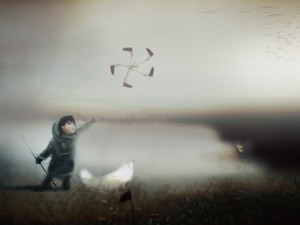
Of course, games created and directed by indigenous peoples offers the most rich and stereotype-shattering depictions of native characters. The first Native American game company, Upper One Games, seeks to do just this by creating a game to inspire indigenous people around the world and reclaiming native identity. The company, formed by the Cook Inlet Tribal Council, an organization that represents Alaska Natives, is in the process of creating games that are imbued with Inuit culture in an attempt to explore and rescue the native identity that has been lost to European colonization. Furthermore, it will act as a way to show the living legends of their tribes. By countering Native American/indigenous stereotypes, just as present in gaming as it is in the Thanksgiving ritual, with accurate and culturally-imbued portrayals, representations can be shifted.

